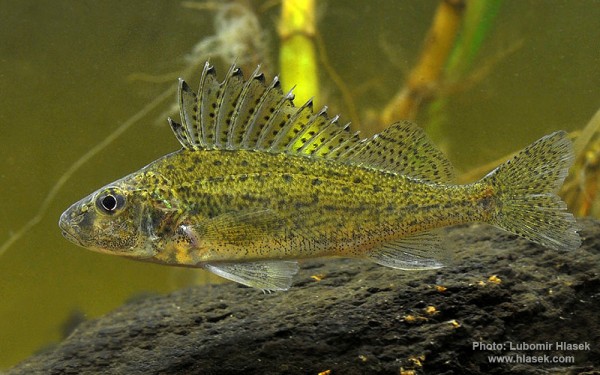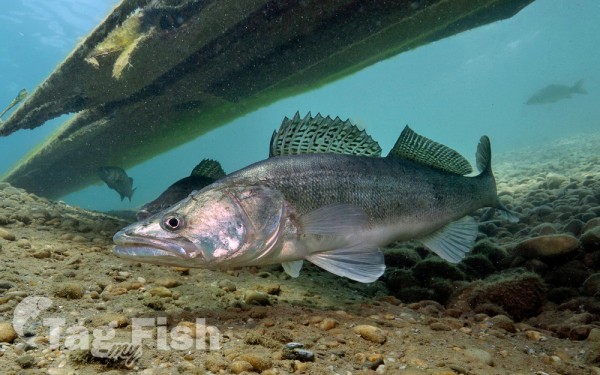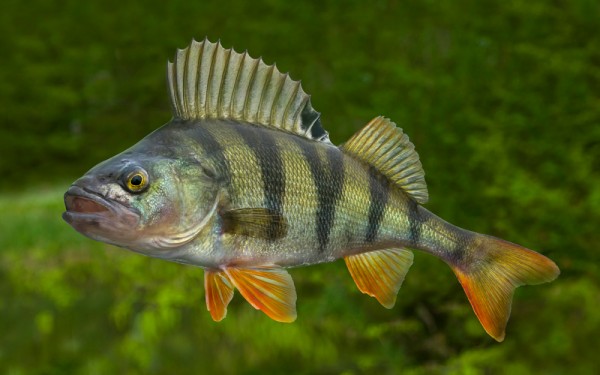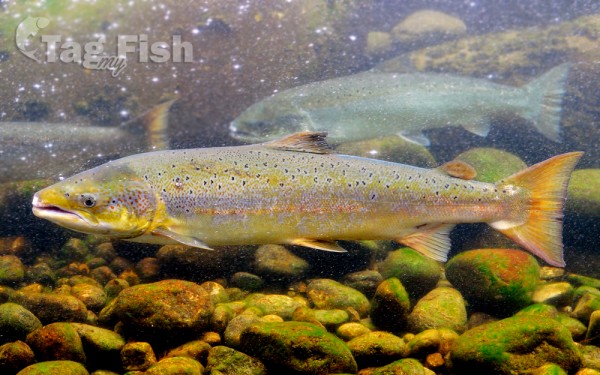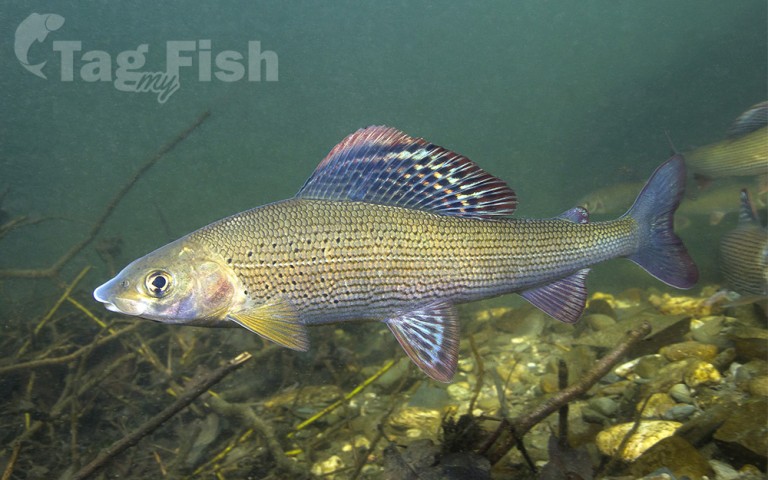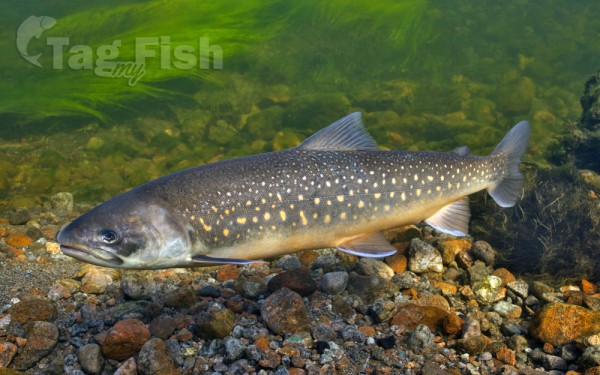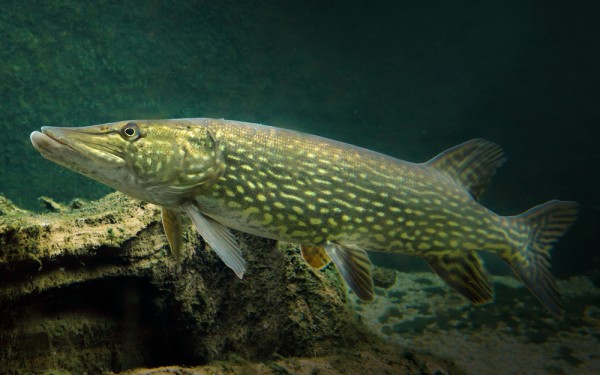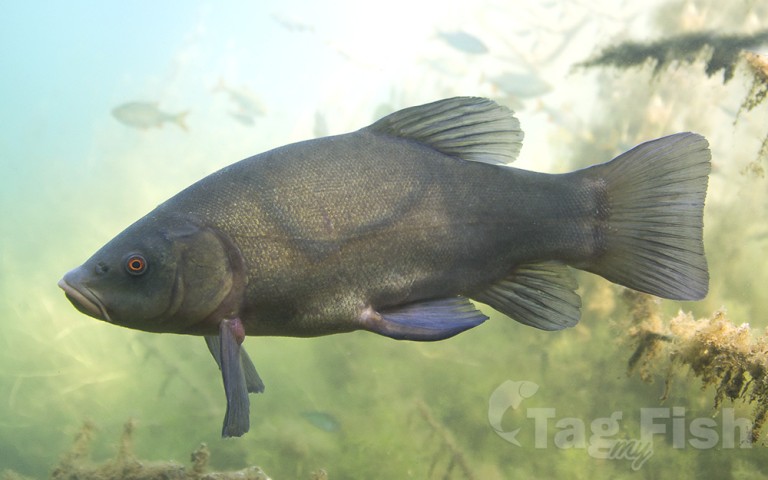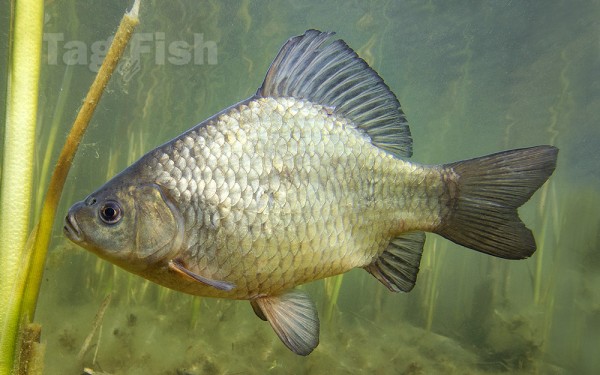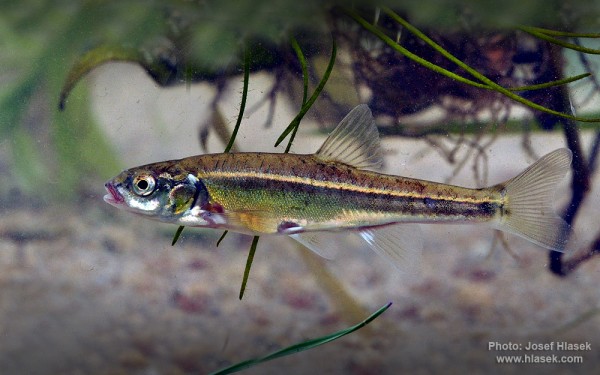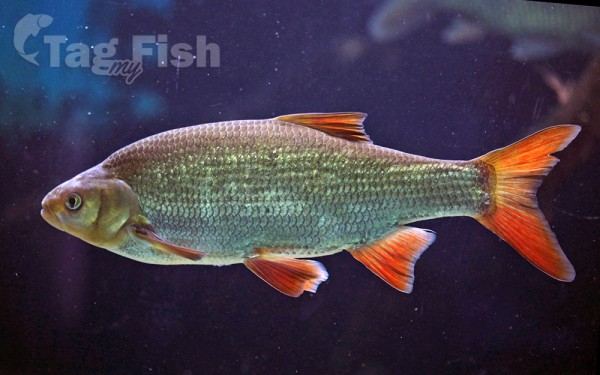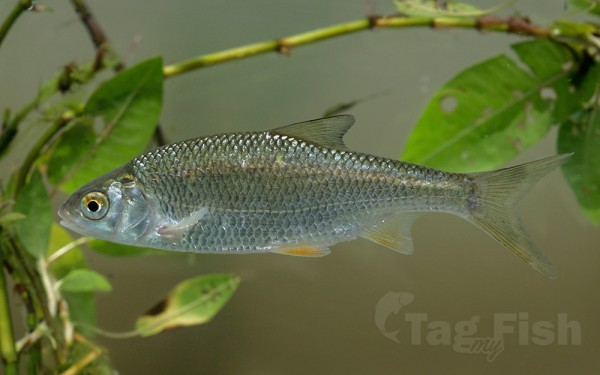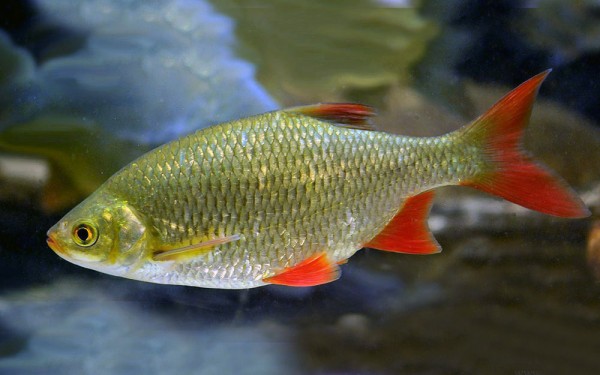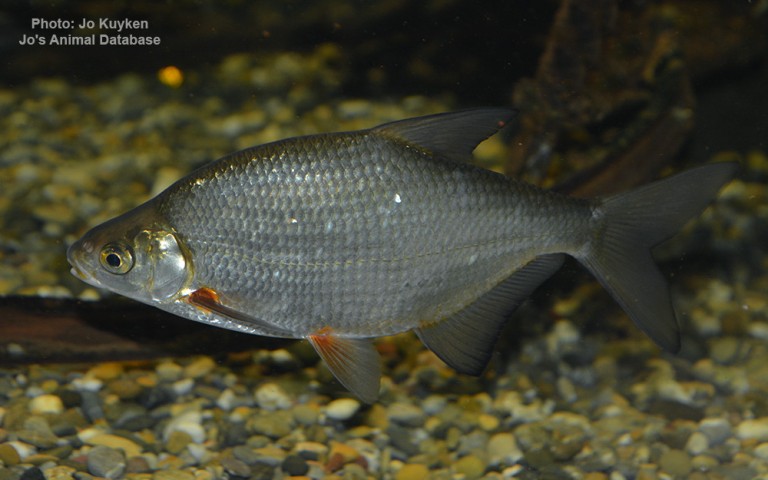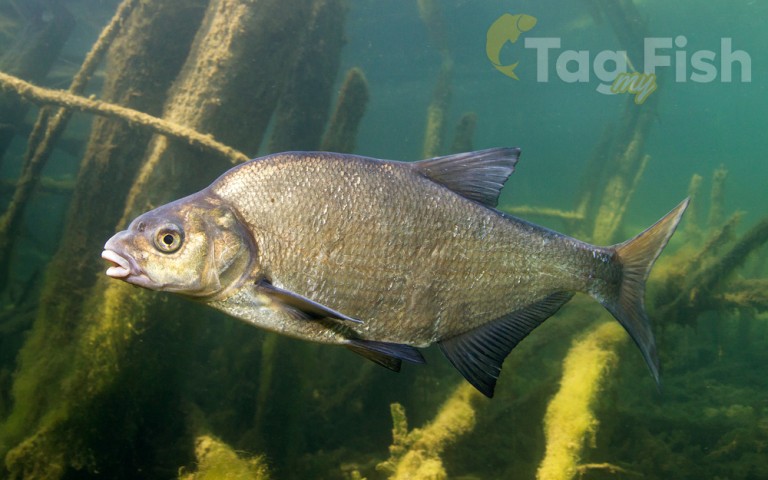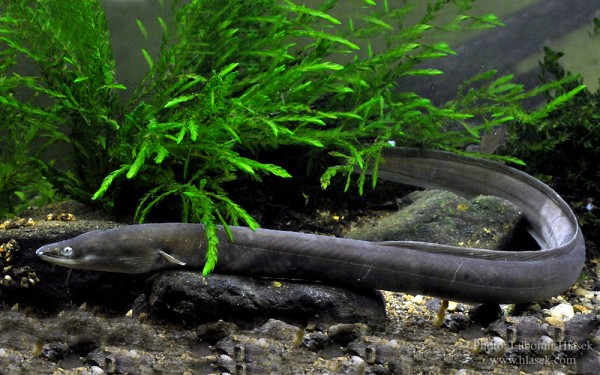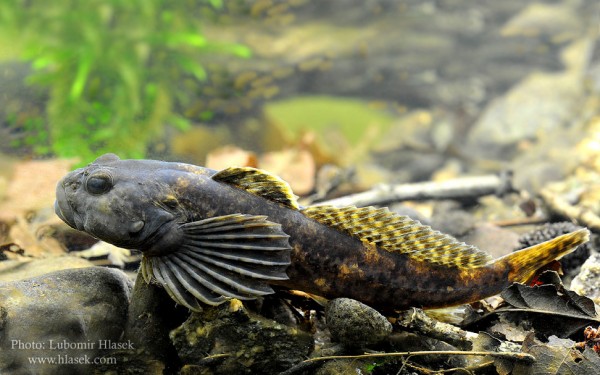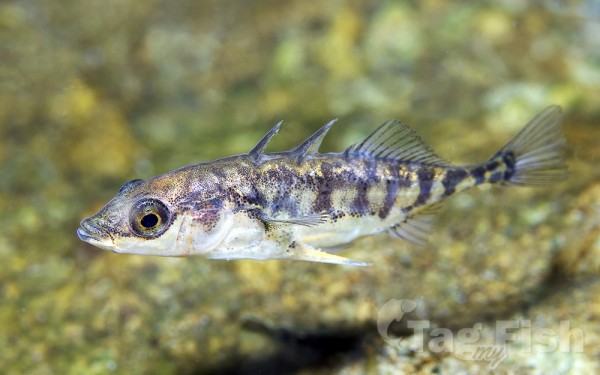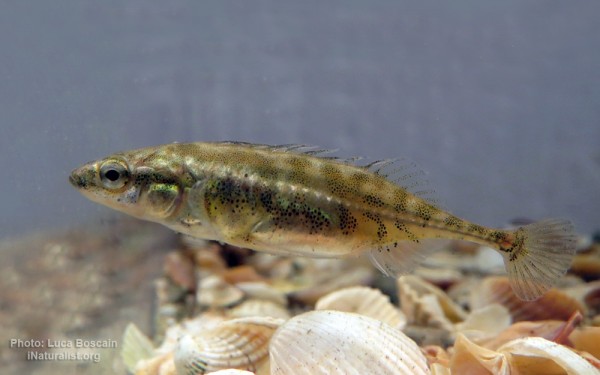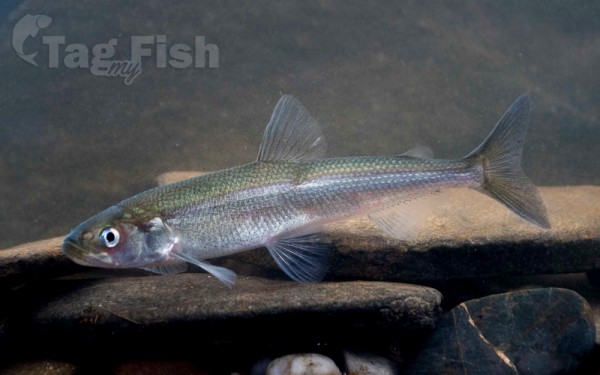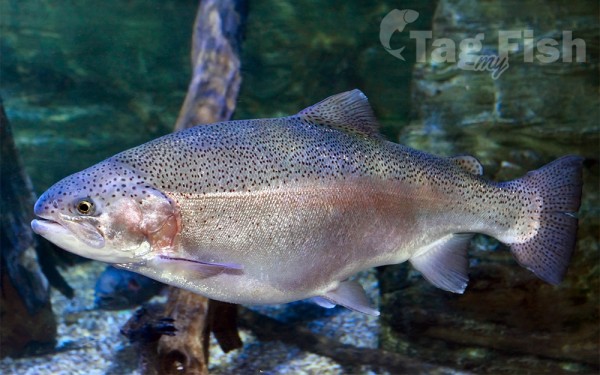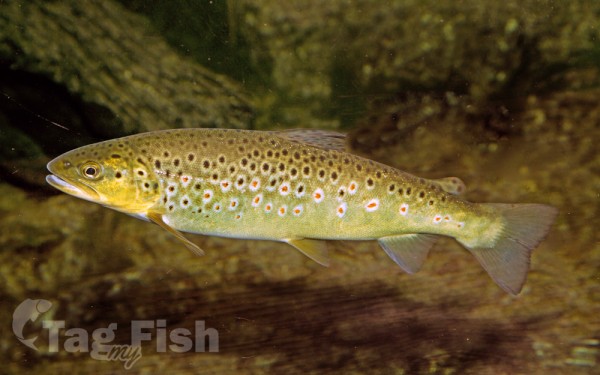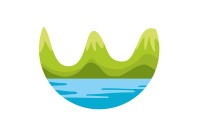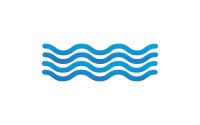Lake Vattern
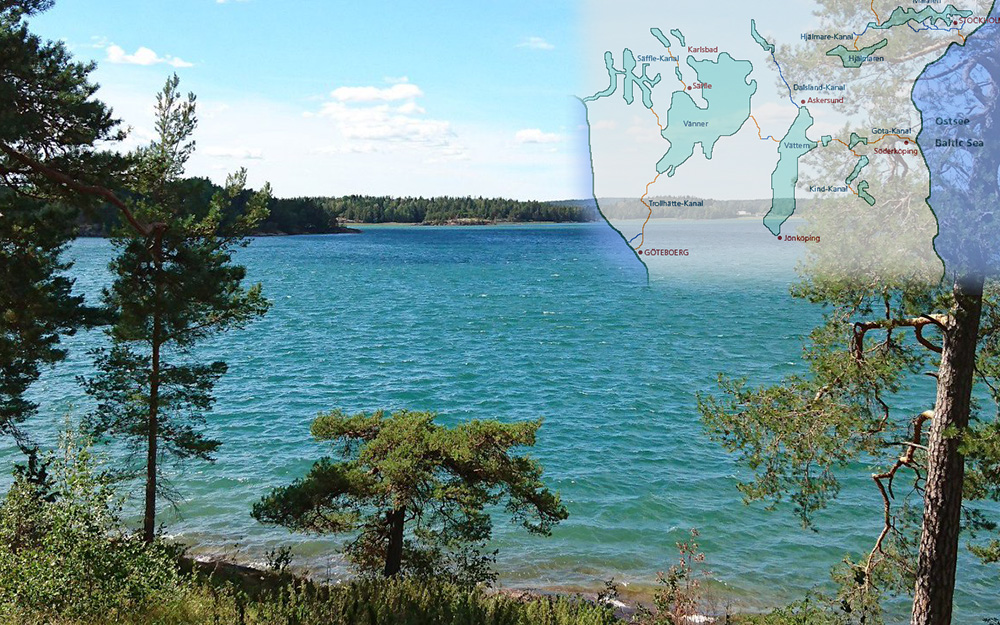
Perciformes - Perches
Salmoniformes - Salmons and Trouts
Esociformes - Pikes
Cypriniformes - Carps
Gadiformes - Cods
Anguilliformes - Eels and morays
Scorpaeniformes - Mail-cheeked fishes
Gasterosteiformes - Sticklebacks
Osmeriformes - Smelts
Perciformes - Perches
Salmoniformes - Salmons and Trouts
Esociformes - Pikes
Cypriniformes - Carps
Gadiformes - Cods
Anguilliformes - Eels and morays
Scorpaeniformes - Mail-cheeked fishes
Gasterosteiformes - Sticklebacks
Osmeriformes - Smelts
Perciformes - Perches
Salmoniformes - Salmons and Trouts
Esociformes - Pikes
Cypriniformes - Carps
Gadiformes - Cods
Anguilliformes - Eels and morays
Scorpaeniformes - Mail-cheeked fishes
Gasterosteiformes - Sticklebacks
Osmeriformes - Smelts
Vättern is the second largest lake by surface area in Sweden, after Vänern, and the sixth largest lake in Europe. It is a long, finger-shaped body of fresh water in south central Sweden, to the southeast of Vänern, pointing at the tip of Scandinavia.
The lakes total surface area is about 1,912 km2 (738 sq mi), with a drainage basin a little over double that, about 4,503 km2 (1,739 sq mi).
The deepest known point, located to the south of the island of Visingsö, is 128 meters (420 ft).
The average depth is 41 meters (135 ft).
The lake has a perimeter of about 642 km (399 mi). The volume is 77.0 km3 (18.5 cu mi). These numbers tend to be fixed, as the level of the lake is regulated.
Situated in Götaland, the lake is drained by Motala ström, starting at Motala, and flowing ultimately through a controlled canal into the Baltic Sea. The lake includes the scenic island of Visingsö, located outside Gränna. Other towns on the lake include Vadstena, Jönköping, Hjo, Askersund, Åmmeberg and Karlsborg. It is bounded by the Provinces of Västergötland, Närke, Östergötland and Småland.
